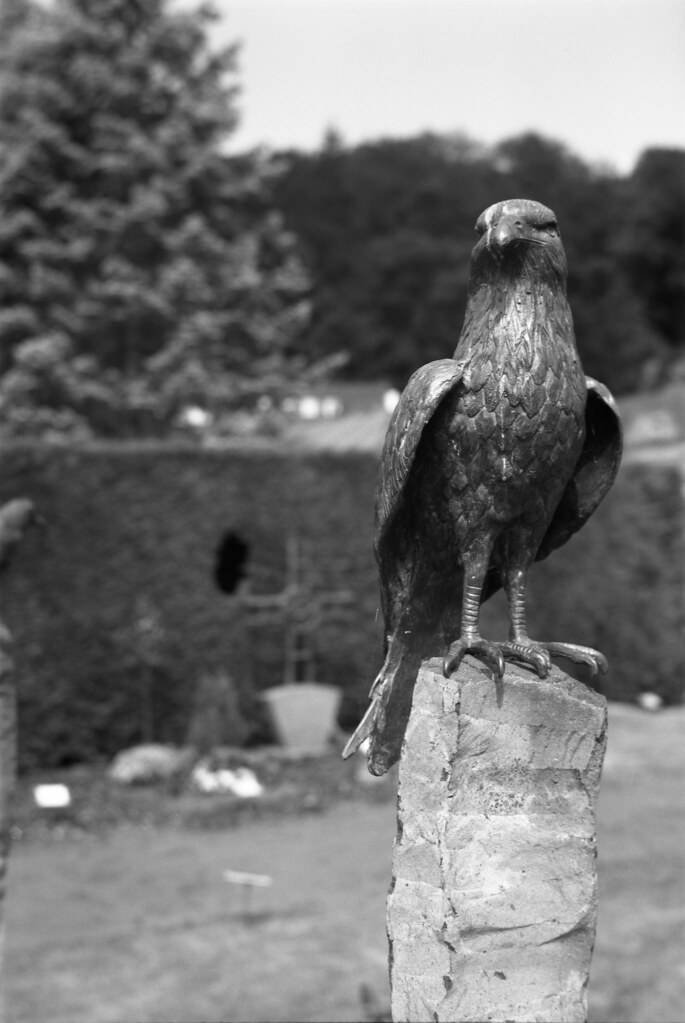Steve M.
Veteran
Some time ago I sold my Bessa II w/ Color Heliar and have really regretted it. I found this Bessa RF for about half the price and just got a few negs scanned from it. Film was Ilford Delta Pro 100, a film I'm beginning to really like. My preference is still Tri-X, but this Delta is pretty darn good.
The camera is easy to use, and unlike the Bessa II it has a separate finder for the rangefinder. Not a big thing if you've ever used a screw mount Leica. To my eyes it's uncoated Heliar is as good as the Color Heliar. Maybe less contrast, but w/ a yellow filter it's a very good lens, and has that unmistakable Heliar way of imaging.
The more I look at shots from Heliars, the more I wonder if I shouldn't just sell the Rolleiflex and crop these to 6x6 (as I did w/ one of the shots). It's a better lens than what's on 99% of medium format cameras, modern or classic. Very smooth, yet sharp at the same time. The scans are from an old Epson 2450 flatbed scanner, so there's a lot more detail in the negs that isn't showing up here.
If anyone's thinking of getting a Bessa RF, go for it. Great camera.






The camera is easy to use, and unlike the Bessa II it has a separate finder for the rangefinder. Not a big thing if you've ever used a screw mount Leica. To my eyes it's uncoated Heliar is as good as the Color Heliar. Maybe less contrast, but w/ a yellow filter it's a very good lens, and has that unmistakable Heliar way of imaging.
The more I look at shots from Heliars, the more I wonder if I shouldn't just sell the Rolleiflex and crop these to 6x6 (as I did w/ one of the shots). It's a better lens than what's on 99% of medium format cameras, modern or classic. Very smooth, yet sharp at the same time. The scans are from an old Epson 2450 flatbed scanner, so there's a lot more detail in the negs that isn't showing up here.
If anyone's thinking of getting a Bessa RF, go for it. Great camera.






Last edited:




